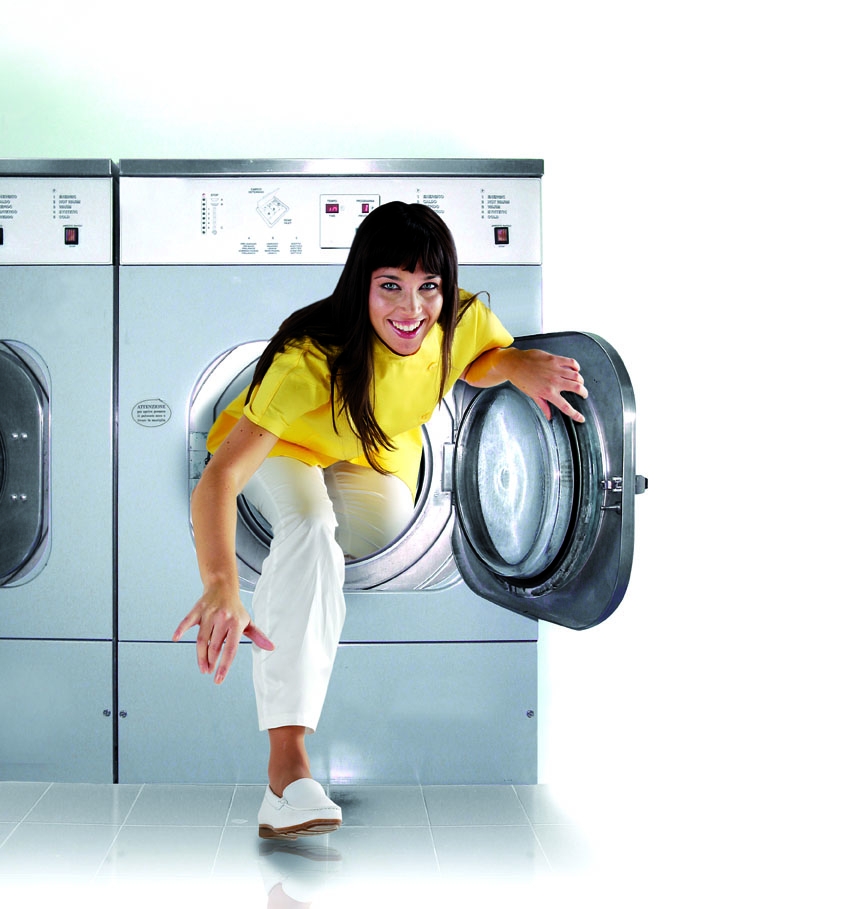
Professional maintenance and washing of medical gowns
Caring for Your Medical Gown: Hygiene, Comfort, and Durability
A medical gown is much more than a uniform – it’s an essential piece of personal protective equipment for healthcare professionals. Because of its role, it undergoes frequent washing; yet, unpleasant odors, fabric residues, or a persistent feeling of poor hygiene are not uncommon.
Contrary to what one might think, the issue doesn’t stem only from detergents or personal habits. In recent years, both garment materials and washing machine technologies—domestic and industrial—have evolved significantly.
👕 Modern Fabrics and Low-Consumption Washing Machines
New-generation gowns are made from lightweight, durable technical fibers designed for maximum comfort. However, these material blends often require low-temperature washes (around 30 °C) to preserve their performance.
At the same time, modern washing machines—engineered for energy and water efficiency—use shorter cycles and smaller water volumes. This can lead to lingering dirt, detergent residue, and moisture in the fabric, creating an ideal environment for bacterial growth and unpleasant odors.
The result? Garments that appear clean but still harbor unwanted traces, posing a hygiene risk.
⚠️ Persistent Odors: A Warning Sign
If a gown develops unpleasant odors after just a few hours of wear, it means it hasn’t been properly sanitized. Laundry fragrances may mask the issue but don’t solve it—in fact, they often leave additional residue within the fibers.
🧴 Sanitization: The Key Principles
As a protective device, a gown requires a more rigorous washing process than regular clothing.
-
There’s no need to add disinfectants: a 60 °C cycle for at least 30 minutes ensures effective hygienic action.
-
Complete sterilization is achieved only in an autoclave; washing at 90 °C with additives does not replace this process.
📋 The Recommended PASTELLI Protocol
-
Pre-soak: Leave garments in cold water for at least one hour to help remove organic stains.
-
Washing: Use a universal detergent for white fabrics; for colored ones, choose formulations without optical brighteners.
-
Cycle: Set the wash at 60 °C, using an effective minimum duration, and enable an extra rinse.
-
Drying: Prefer air drying and avoid excessive dryer heat.
-
Washing machine care: Run a 90 °C empty cycle with bleach or citric acid periodically, and clean the filter and drum gasket.
-
Load: Do not overload the drum; leave about 15 cm of free space.
-
Ventilation: Keep the door open after washing to prevent mold growth.
Note: PASTELLI fabrics are tested up to 90 °C. Damage is more often caused by unsuitable additives or incorrect product combinations rather than by temperature itself.
💧 The Importance of an Extra Rinse
Modern detergents, formulated for quick, low-temperature cycles, can build up in fibers—especially in machines that use little water. These residues, when in contact with skin, may cause irritation.
Quick test: Submerge a freshly washed gown in clean water and wring it out. If the water turns soapy, the garment still retains detergent. In that case, reduce the detergent dose and add an extra rinse cycle.
📌 Conclusion
Caring for your gown is not just about aesthetics—it’s a cornerstone of safety for both healthcare workers and patients. With just a few mindful practices—respectful of fabrics and modern washing technologies—you can keep your gown fresh, hygienic, and durable.
A well-maintained PASTELLI gown is more than a garment: it’s a reliable ally, ready to accompany every professional through years of dedicated service.
Informative obligations for public grants: the State aid and de minimis aid received by our company are listed in the National Register of State Aid referred to in Article 52 of Law 234/2012, which can be accessed at the following link: https://www.rna.gov.it/trasparenza/aiuti